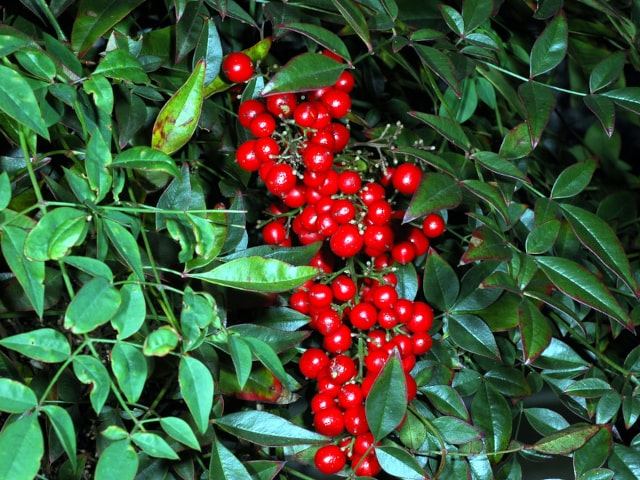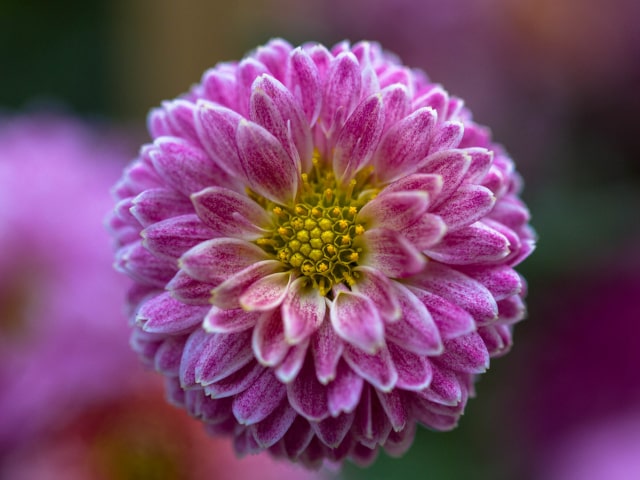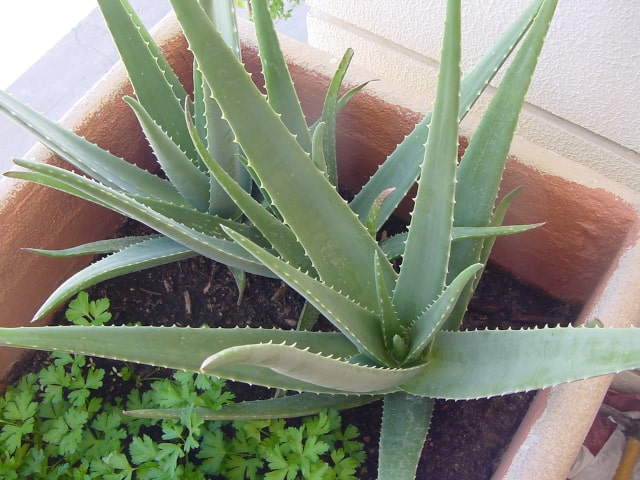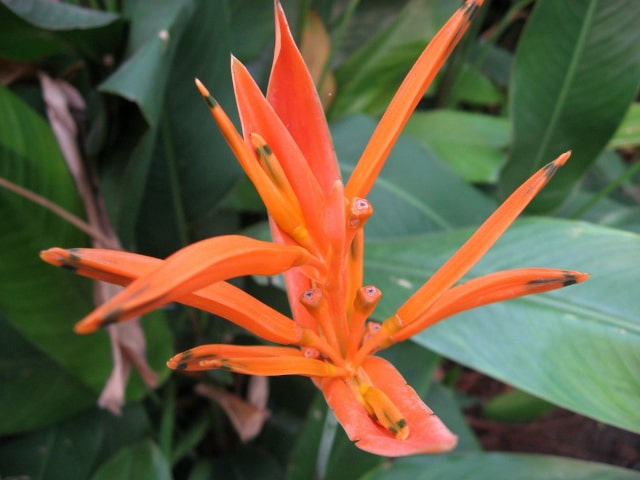
Purple flowers are very popular among gardeners. This color is very effective, attractive and calming. Another advantage to purple flowers is that they come in many different hues so there are different shades to choose from. The color can also contrast other bright flowers that are vibrant and create specific visual effect.
Here is a list of gorgeous purple flowering plants you can choose each season:
Spring
Purple flowers can add a perfect spring atmosphere to your home. You can add them to your garden or entryway. You can also plant them directly in your garden to have an attractive sight all around your house.
Catmint - Nepeta
This popular plant is also known as catnip. It is an herb that grows long violet flowering spikes. It is known to attract hummingbirds, butterflies and bees, so it is a great garden plant for spring. It is commonly paired with roses in the gardens, and is often used as a replacement for lavender when growing conditions are unfavorable.
Dwarf Iris- Iris Reticulata
This is a common variant from the Iris genus. They are smaller than the more popular variant, but they are well-known for their beautiful purple flowers. You will be able to identify them by the deep color of their petals with bright-yellow centres. This plant can be grown in the garden or used in bouquets.
Anemone - Anemone nemorosa
This plant is also known as The Daughter of the Wind. It is a wildflower that opens up with the help of the wind. According to Greek mythology, Anemone grew directly from Aphrodite's tears.
Wild Indigo - Baptisia australis
This plant is actually a member of pea family but it has gorgeous purple flowers that will add spring color to any garden. It is very easy to plant and grow. Its stalks shoot up to about 4 feet in height. It is a common choice for wedding bouquets.
Summer
Summer is full of colors, and purple flowers will add to the vibrant atmosphere. These flowers are great for your summer garden, or you may grow them directly in your home. If you choose garden, it is best to opt for species that can attract birds and butterflies.
Bee Orchid - Ophrys apifera
This is a properly-named plant, since its flowers look like there is a bee coming our of its purple petals. This is a self-pollinating plant and it spreads easily through it tiny seeds, so there is not much you need to do to make more of it.
Sea Holly - Eryngium
This plant is also known as Sea Thistle. It is growing in popularity in recent years, and is often used in bouquets to add texture. This plant has purple globe-shaped flowers that are surrounded by spiky petals. These plants symbolize attraction so they are commonly used in wedding bouquets.
Calla Lily - Zantedeschia
This plant has funnel-shaped flowers that can come in many colors. Purple is one of the most popular choices. The plant is named after the Greek word which means "beautiful". This plant has gorgeous purple flowers that represent charm and passion.
Bell Heather - Erica cinerea
This is actually a popular shrub that grows very close to the ground. Its purple flowers have characteristic dry texture. Queen Victoria made these plants popular in England. They represent good luck in Scottish tales.
Fall
Having purple flowers in the fall is great, because as soon as the days get shorter, the flowers start popping up to lift the atmosphere. You can combine them with your other fall decor, such as pumpkins.
Here are some of the best purple flowers to grow in the fall:
Coneflower - Echinacea purpurea
This plant resembles daisy and it is often confused for it. Coneflower does great in warm climates. The flowers are purple, with a specific orange centers that are made to attract songbirds and butterflies. As such, they make a great addition for your garden in the fall. You can also grow them in baskets.
Pansy - Viola wittockiana
This plant is also known as Pansy Violet, Heatsease and Johnny Jump-Up. It is a symbol of free thinking and it can add a specific atmosphere to your home with its gorgeous purple flowers.
Cosmos - Cosmos bipinnatus
This is a plant that has petals symmetrically aligned. This is what got the plant Greek name for the ordered universe. This plant symbolises peace, modesty and order. They are commonly given as second wedding anniversary gifts.
Italian Aster- Aster amellus
This plant's name comes from Greek word for star. The name comes from the star shape of the plant and the fact that they grow in a distance from one another, just like stars on the sky.
Winter
Short, dark days can cause melancholy. Luckily, there are certain flowers that will bloom throughout the winter. To add some color to your home during the cold weather, grow these gorgeous purple flowers. You can also give them as presents to your friends and family during the holiday season.
Monkshood (Aconitum napellus)
This plant is named for its resemblance to a monk's habit or hood. It has a tall stem and vibrant flowers in a bright purple color. The plant is also known under the names Blue Rocker, Friar's Cap, Wolfsbane and Devil's Helmet. It is typically found in woods and other areas with moist soil.
Crocus (Crocus vernus)
This is known for finding its way through the cold ground to grow its purple flowers. It is possible to identify its flowers by the characteristic cup shape. This plant symbolises cheerfulness and innocence.
Waxflower (Chamelaucium)
This plant is native to Australia but is getting more and more popular all around the world. They are known for their small purple flowers and are often used as filler flowers in bouquets. They are winter flowers, so they make a common addition to Christmas arrangements.
Cyclamen (Cyclamen persicum)
This is a very popular houseplant that many people choose for their indoor spaces. It is known for its stacked layers of purple petals. Traditionally, these plants were used by women during labour to speed up delivery. Today, they make popular winter flowers in many homes.
Photo credit: ?ukasz Rawa




0 Comments